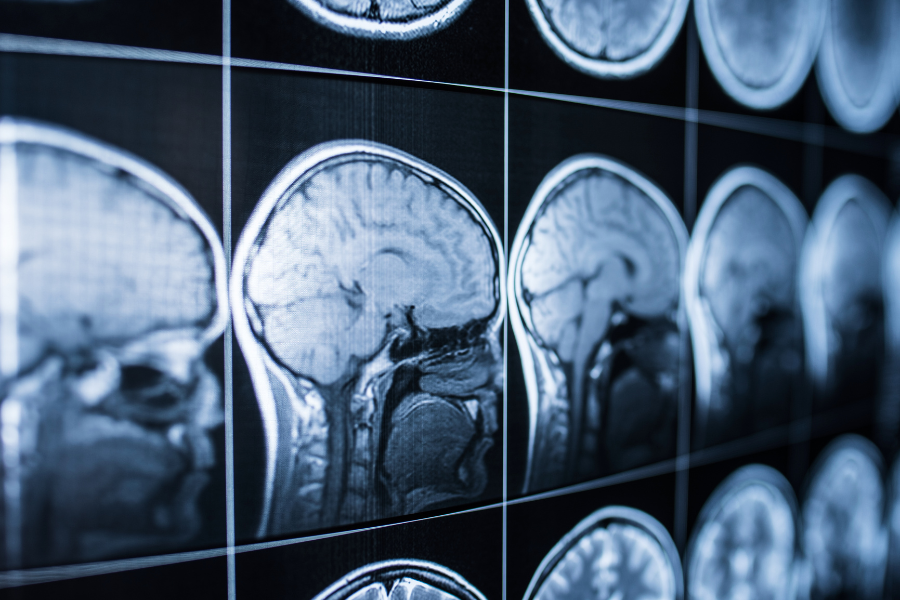In a developing story, a new study reveals that blood biomarkers, particularly glial fibrillary acidic protein (GFAP), can detect traumatic brain injury (TBI). Within 30 minutes, clinicians can now accurately identify an injured brain in need.
Led by Linda Papa, MDCM, MSc, from the Orlando Regional Medical Center, the study analyzed blood samples from a previous multicenter trial to evaluate the performance of GFAP, ubiquitin carboxy-terminal hydrolase L1 (UCH-L1), and microtubule-associated protein 2 (MAP-2). The results published in JAMA Network Open highlight GFAP as the most reliable biomarker to catch TBI’s early.
Key Findings:
- CT Lesions: GFAP achieved an area under the receiver operating characteristic curve (AUC) of 0.88 (95% CI: 0.85-0.92).
- Need for Neurosurgical Intervention: GFAP had an AUC of 0.78 (95% CI: 0.72-0.84).
- Clinically Important Early Outcomes (CIEO): GFAP’s AUC was 0.89 (95% CI: 0.85-0.93).
GFAP also demonstrated the highest AUC values in samples taken within 60 minutes of injury. It showed sensitivities of 98% to 99% and specificities ranging from 18% to 36%. These findings suggest that GFAP’s early detection capabilities could transform TBI management in prehospital environments including sidelines at sporting events, car accidents, and more first response sites soonafter an injury.
Key Points:
- FDA Clearance: The FDA approved blood tests for GFAP and UCH-L1 in mild TBI in 2018 although broader clinical implementation has been limited.
- Prehospital Use: The study indicates that using biomarkers like GFAP at the scene of the injury or during ambulance transport could aid in deciding whether patients need immediate specialized care.
- Study Population: The research involved 804 patients with TBI, highlighting GFAP’s effectiveness in predicting critical outcomes.
The study’s findings underscore the potential of GFAP and other biomarkers to aid early diagnosis and intervention for TBI. Speculation says implementation of this type of emergency care could lead to better patient outcomes and more efficient treatment strategies while other biomarkers are explored given success with GFAP.
Conclusion
Immediate detection of TBI through biomarkers like GFAP has a chance to become a treatment gamechanger. Burgeoning positive research highlights a necessity for these near instant biomarker tests to hit the field as soon as possible. However, the TBI field has yet to see just how accessible innovation will be, and exactly who will be qualified to initiate the life-changing response test.
For more information and to track the progress of this legislation, click below.
Sources: https://www.medpagetoday.com/neurology/headtrauma/111829

